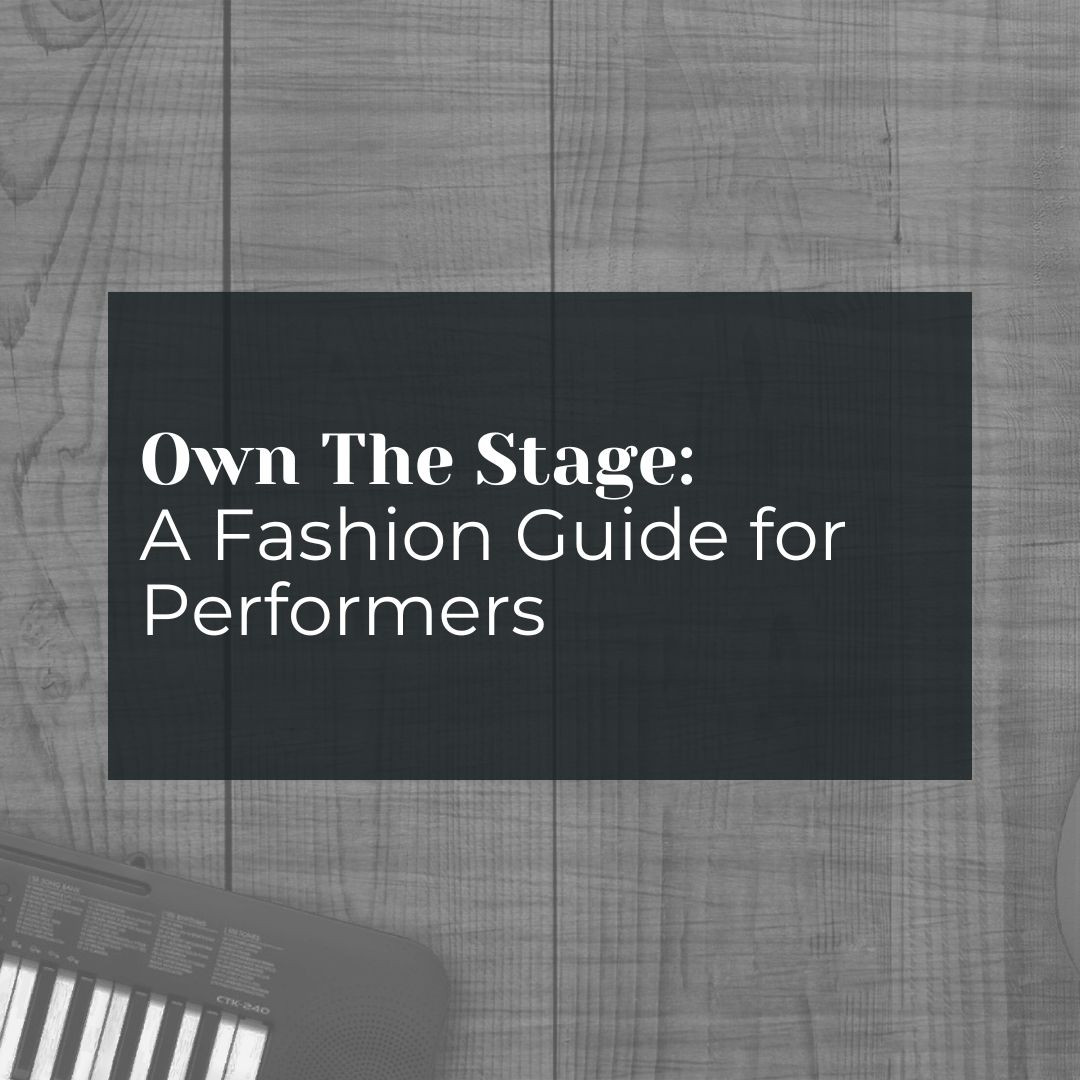
In my 27 years as a performing artist, one of the things people constantly notice and compliment is our outfits. The stage is a place to express yourself, capture attention, and amplify your music visually. And nothing does that quite like the right ensemble. It’s not about following random trends; it’s about creating a look that blends your personality, your music’s vibe, and the energy of the event. Below, you’ll find tried-and-true pointers on how to choose music outfits for performers—complete with insider insights I’ve gathered over nearly three decades on stage.
1. Understand Why performance Fashion Matters
When you’re standing under the spotlights, everything about you becomes part of the show. Your outfit isn’t just fabric; it’s a statement that sets the stage for your entire set. Think about iconic artists like David Bowie, Madonna, or Lizzo. Their looks have become nearly as famous as their songs because they understood the power of visual identity.
Your outfit becomes your brand. It helps you stand out in event photos, social media clips, and even future marketing materials. Sponsors and media outlets also love artists with a strong sense of style—it shows you’re taking your career seriously. And let’s face it: if you feel good in what you’re wearing, you’re more likely to perform at your best.
2. Research the Venue and Event Beforehand
Before you plan your look, get a handle on the event itself. Is it a bohemian folk festival with a laid-back vibe? An EDM rave with neon everything? A high-profile benefit concert with corporate sponsors? Each event has a unique personality, and you’ll want to be prepared.
- Look at the Color Palette: Events often have logos, banners, and stage designs in specific colors. Pick outfits that compliment those shades but don’t blend in so much that you become invisible. You still want to stand out onstage, especially in photos and videos.
- Factor in the Stage Setup: Some stages are smaller and more intimate, while others might be massive, with jumbo screens capturing your every move. The size of the stage can guide how bold your outfit should be.
- Check the Weather: A scorching afternoon set calls for breathable fabrics, while a late-night slot might need some layers.
Knowing the event's theme and logistical details can save you from looking out of place and help your outfit shine in harmony with the setting.
3. Don’t Dress Like an Audience Member
Years ago, my first manager drilled this into me: “Never wear the same type of outfit a concert-goer would wear.” If you look like everyone else in the crowd, you fade into the background. Your goal is to be recognized as the star of the show the moment you step backstage or walk toward the stage. That doesn’t mean your outfit has to be outlandishly flashy, but it should have that extra spark of performance flair—a clear signal that you are the artist everyone came to see.
4. Comfort Is King (or Queen)
Performance events can be physically demanding for performers. You’re rehearsing, sound-checking, possibly running from stage to stage, and then giving it your all in front of a crowd. Clothes that pinch, scratch, or restrict your movement can ruin your concentration.
- Breathable Fabrics: Natural or high-tech synthetic fabrics that manage sweat are a lifesaver under intense stage lights.
- Supportive Footwear: Heel or no heel is your call, but make sure you can do your full set without wanting to collapse.
- Wardrobe Malfunction-Proof: Be mindful of tightness, potential see-through issues under stage lights, or items that can snap or shift mid-performance. The last thing you need is to keep adjusting your clothes when you should be focusing on the crowd.
Feeling comfortable and secure will let you channel all your energy into your show. This approach also prevents awkward tugging or re-fastening moments that can break the magic of a performance.
5. Prevent Potential Wardrobe Disasters
You’re not just picking clothes for a casual day out. You’ll be singing, dancing, or playing an instrument for a live audience. Wardrobe malfunctions can be embarrassing, distracting, and—worst of all—completely avoidable.
- Double-Check Fit: If something’s too loose, it might slip; too tight, and you can’t breathe.
- Secure Important Closures: Zippers, snaps, or ties should be solid. Spend a few extra minutes strengthening or double-knotting areas prone to mishaps.
- Dress Rehearsal: Wear your complete outfit during a full rehearsal. Perform your songs in front of a mirror or record yourself to see how everything looks and holds up. You’ll catch issues like straps falling, fabric bunching, or entire sections of clothing riding up.
A quick personal horror story: once, I accidentally burned a hole in my sheer top an hour before call time. Now, I always carry a backup outfit. Having a spare ensures that no unexpected rip, stain, or scorch will derail your set.
6. Colors and Themes for That Wow Factor
Never underestimate the power of color. Festivals and events are packed with visual stimuli, so you need to pick shades that grab attention without clashing with the stage design or event branding.
- Amplify the Event's Colors: If the event is known for bright oranges or bold blues, wear a complementary color that pops rather than blends in. For instance, a deep purple or vivid teal can stand out against an orange backdrop.
- Stage Light Considerations: Bolder colors often look better under bright lights. Pastels, whites, or nudes might wash out and won’t pop on camera. If you go for black, add some reflective details or metallic accents.
- Match Your Setlist: If your music is high-energy pop, a neon palette might suit. If you have a more soulful acoustic set, earthy tones could be your go-to. The outfit should reflect the mood of your performance.
By coordinating colors intelligently, you’ll look sharp not only in front of a live audience but also in photos and footage that could become your next promotional material.
7. Make Sure Your Outfit Flatters Your Body and Performance Style
No two performers have the exact same body shape or stage moves, so don’t feel pressured to copy someone else’s look. Your style should work with your body type and complement the moves you’ll be making.
- Dance Moves in Mind: If you’re planning choreographed routines, flowy fabrics might look stunning. Just ensure they won’t tangle around your legs. For something more high-impact, tight leggings or fitted pants might work better.
- Dress Rehearsal on Camera: Seeing yourself in a mirror is good, but watching a recording is even better. You can spot angles that might not be flattering or discover how the outfit moves when you spin, jump, or sway.
- Confidence Booster: Pick clothes that highlight your best features. When you feel confident in what you’re wearing, it shows in every step you take.
Every outfit detail should make you feel unstoppable. You don’t want to be on stage worried about your stomach showing or your pants sliding down. The more you trust your look, the easier it is to unleash your full performance potential.
8. Matching the Style of Your Backing Musicians
A great performer often has equally talented backing musicians who also play a role in the stage visuals. While you’re the main focal point, their outfits can support your overall aesthetic.
- Complimentary Colors: If you’re going for a bold red jacket, you might ask your band to wear a subdued palette like black, white, or gray with small red accents. This ties everyone together without overshadowing your main look.
- Unified Theme: Even if you’re all wearing different pieces, a shared motif—like denim, metallic elements, or color-coordinated hats—adds harmony to the performance.
- Respect Individual Style: Each band member might have their own flair. A bit of uniformity is good, but forcing everyone into identical outfits can feel stiff. Strike a balance that looks unified yet allows personal expression.
When the entire band looks like they belong together, it lifts the visual appeal of your set. Fans love seeing that synergy onstage.
9. Consider the Event Theme, Cause, or Current Events
Your outfit can also pay tribute to a special date, a social cause, or a theme tied to the event. If the event is raising funds for environmental conservation, for example, wearing something upcycled or made from sustainable materials can make a statement.
- Symbolic Elements: Adding small icons, colors, or logos that link to the cause can spark conversation among fans and organizers.
- Timely References: If there’s a major cultural event happening (like a holiday or awareness month), including subtle nods in your wardrobe can feel meaningful and topical.
- Stay True to Your Brand: Don’t force a theme if it doesn’t align with your music or message. The goal is to show you’re aware of the event’s purpose and care enough to incorporate it into your look in a genuine way.
This level of detail can resonate with event-goers who appreciate deeper layers in a performance. It also helps build rapport with the organizers, showing you’re more than just another act—you’re a thoughtful participant in the event’s mission.
10. Layering and Statement Pieces
Outdoor event weather can be unpredictable. One minute you’re melting in the sun, the next you’re shivering at nightfall. Layering is a performer’s best friend because it keeps you comfortable and offers onstage flexibility.
- Show-Stopping Outer Layer: A sequined blazer, fringed kimono, or studded leather jacket can transform a simple outfit into something theatrical. You can toss it on for dramatic effect or remove it when you hit a big crescendo.
- Accents That Shine: A statement belt, an oversized hat, or dramatic earrings can become your signature without making you overheat or weigh you down.
- Easy Removals: Keep layers fast to remove—zippers, snaps, or loose sleeves—so you don’t fumble mid-set.
Layering also helps if you’re performing multiple songs of varying moods. Shedding a jacket for an emotional ballad or adding a piece for a high-energy number can visually amplify each segment of your show.
11. Hair, Makeup, and Stage Lights
Your clothing is half the story. Hair and makeup choices also factor into your onstage look. Large event crowds and cameras can dull subtler makeup, so you might consider going bolder than usual.
- Overemphasize Makeup for Larger Stages: A heavier liner or a more dramatic eyeshadow might appear normal from 30 feet away. On a massive stage, subtle can fade easily.
- Stage Light Realities: Red or neon lights can alter how your makeup looks. Test your look under similar lighting conditions if possible.
- Heat- and Sweat-Resistant Products: Seal that makeup with a setting spray, and consider waterproof formulas if there’s any risk of sweat or rain.
For hair, remember that breezes, motion, and humidity can quickly tangle or flatten elaborate styles. Updos, braids, or partial hairstyles can be more reliable if you’re in a climate that’s prone to swirling dust or sudden gusts of wind.
12. Never Forget the Backup Plan
Clothing mishaps can happen to the best of us. As I mentioned, I once scorched a sheer top just before showtime—talk about panic. Carrying an extra top or alternative outfit piece in your bag can be a lifesaver if something tears or gets stained right before your set.
- Extra Accessories: Necklaces, belts, or hats can quickly jazz up a simpler outfit if your planned piece fails.
- Emergency Sewing Kit or Tape: A quick fix for a popped seam or loose strap can make the difference between a smooth show and a wardrobe meltdown.
- Backup Shoes: If your main shoes give you blisters during rehearsal, having a standby pair can keep your feet from hating you.
The stage doesn’t wait, so planning for the worst ensures you’ll have a stress-free experience leading up to your performance.
13. Final Reminders: Confidence and Connection
Your performance outfit isn’t just about fashion; it’s about empowerment. When you step out, you’re saying, “I’m here to give you my best.” That confidence shines through more than any sparkle or fringe ever could. Also, never forget that your clothes should help you connect with the audience. If you’re nervous or stiff because your outfit feels awkward, it’ll show. If you feel amazing in your outfit, you’ll radiate positivity, and the crowd will vibe with you even more.
- Test Everything in Advance: A full dress rehearsal (complete with shoes, accessories, and makeup) is worth the time. Record it and watch for any issues.
- Make It Personal: From the patches on your jacket to the color of your nails, aim for authenticity. Fans resonate with genuine expressions of style.
- Have Fun: Music events are about communal joy, creativity, and discovery. Let your outfit amplify those feelings, not stifle them.
Motivation
After nearly three decades of live performances, I can say with total certainty that feeling good about how you look on stage can transform how you perform. The right outfit helps you stand taller, sing louder, and connect more freely with the crowd. It becomes part of your story—a powerful visual thread woven through photos, videos, and memories that keep fans talking long after the last note fades.
Don’t be afraid to try something new, experiment with colors, and plan ahead for every possibility. And if things go sideways—a scorch mark or a broken zipper—stay calm. You’ve got backups, you’ve got poise, and most importantly, you’ve got the talent that brought you here in the first place. Own that stage, wear your outfit with confidence, and give your audience a show they’ll never forget.
- #MusicFestivalOutfits
- #PerformanceFashion
- #StageStyle
- #PerformerTips
- #ArtistWardrobe
- #ConcertLook
- #MusicIndustryInsights
- #OnStageStyle
- #DIYFestivalFashion
- #PerformanceReady
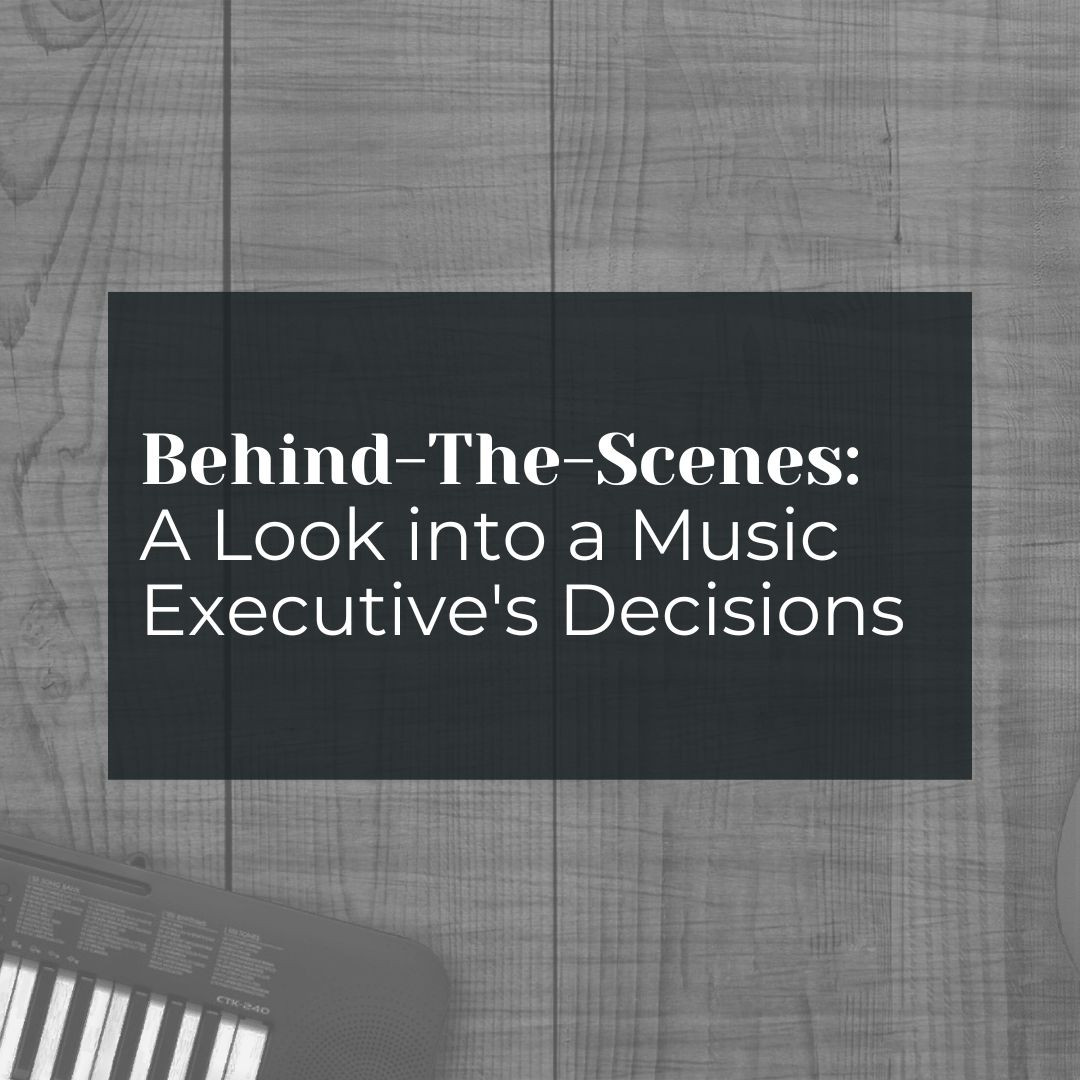

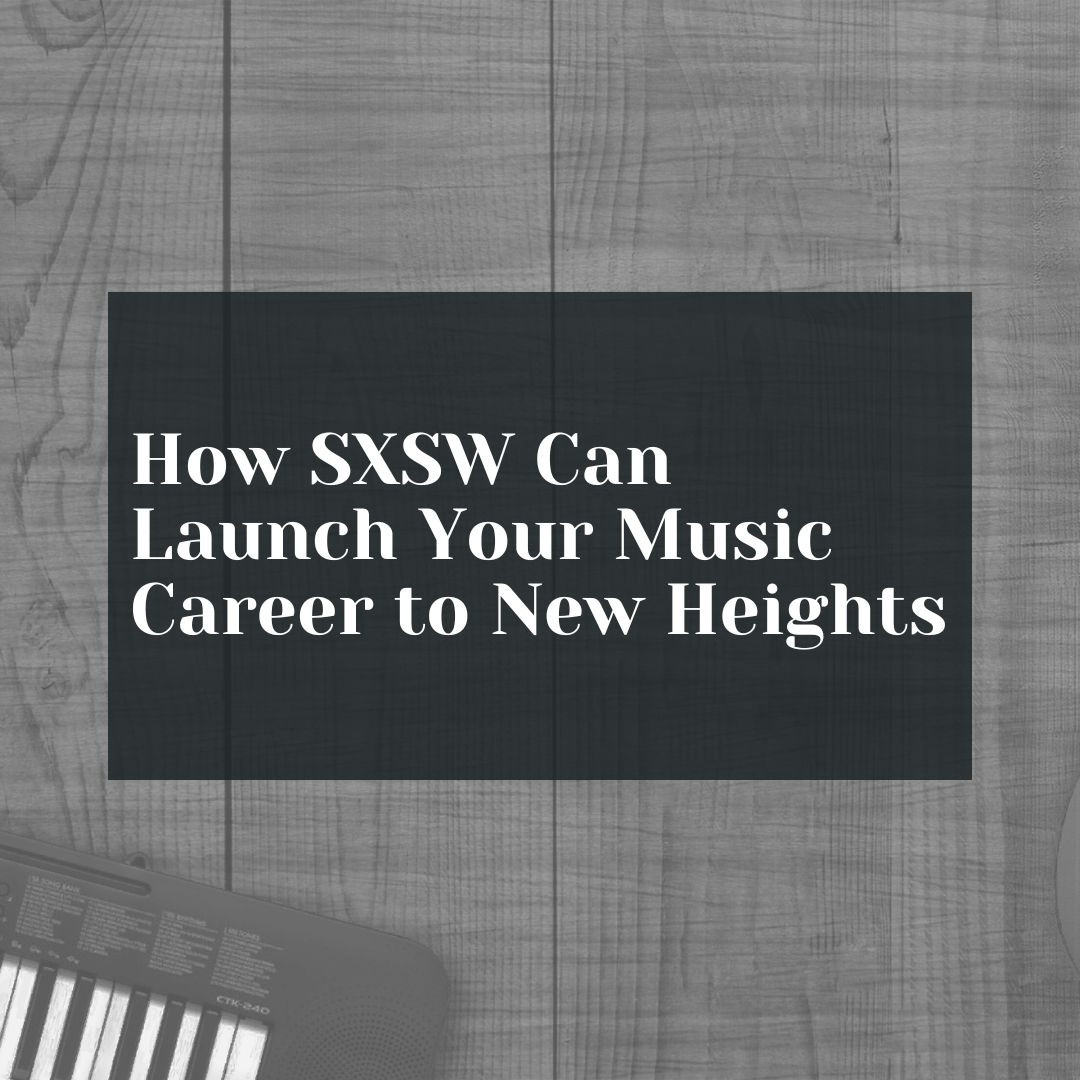

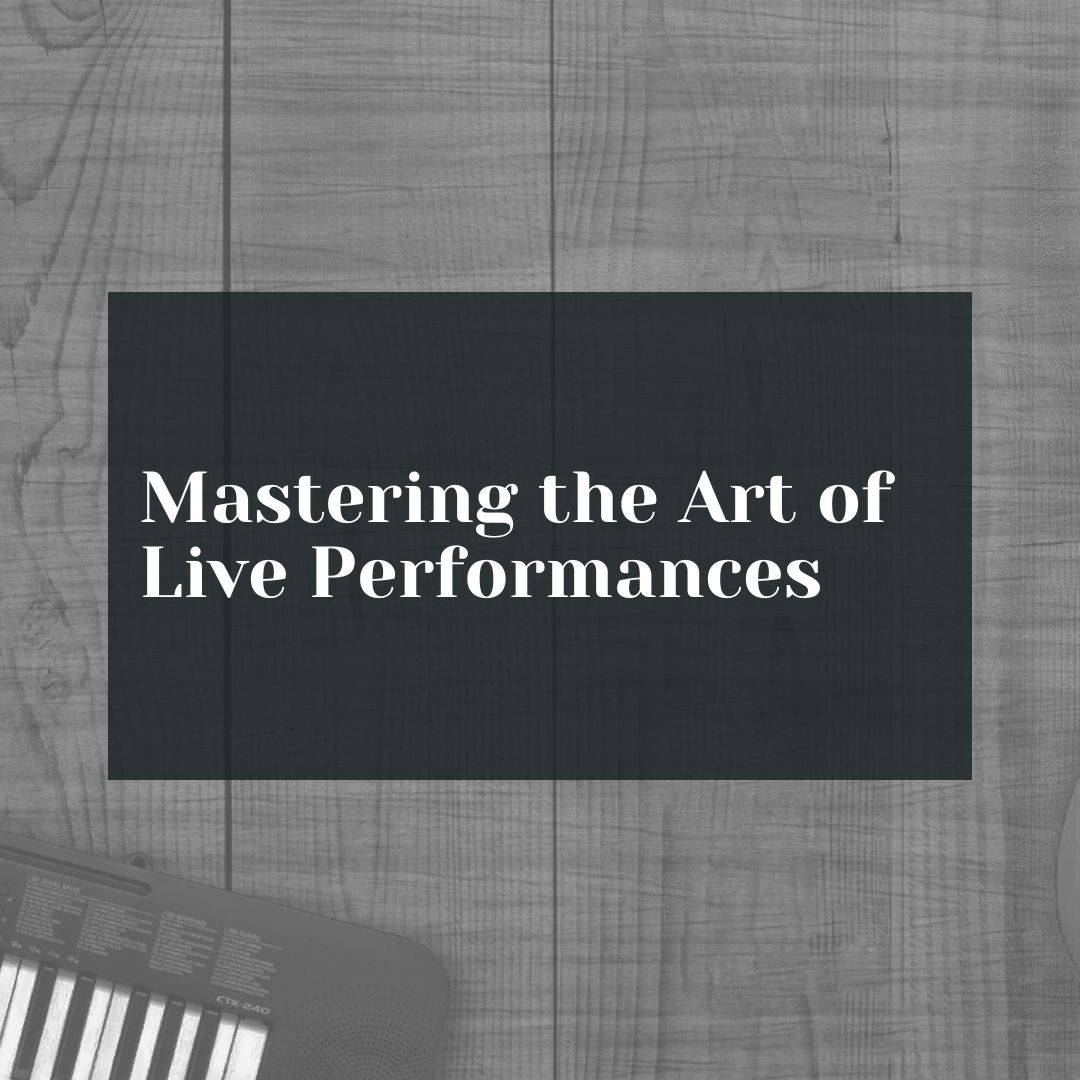

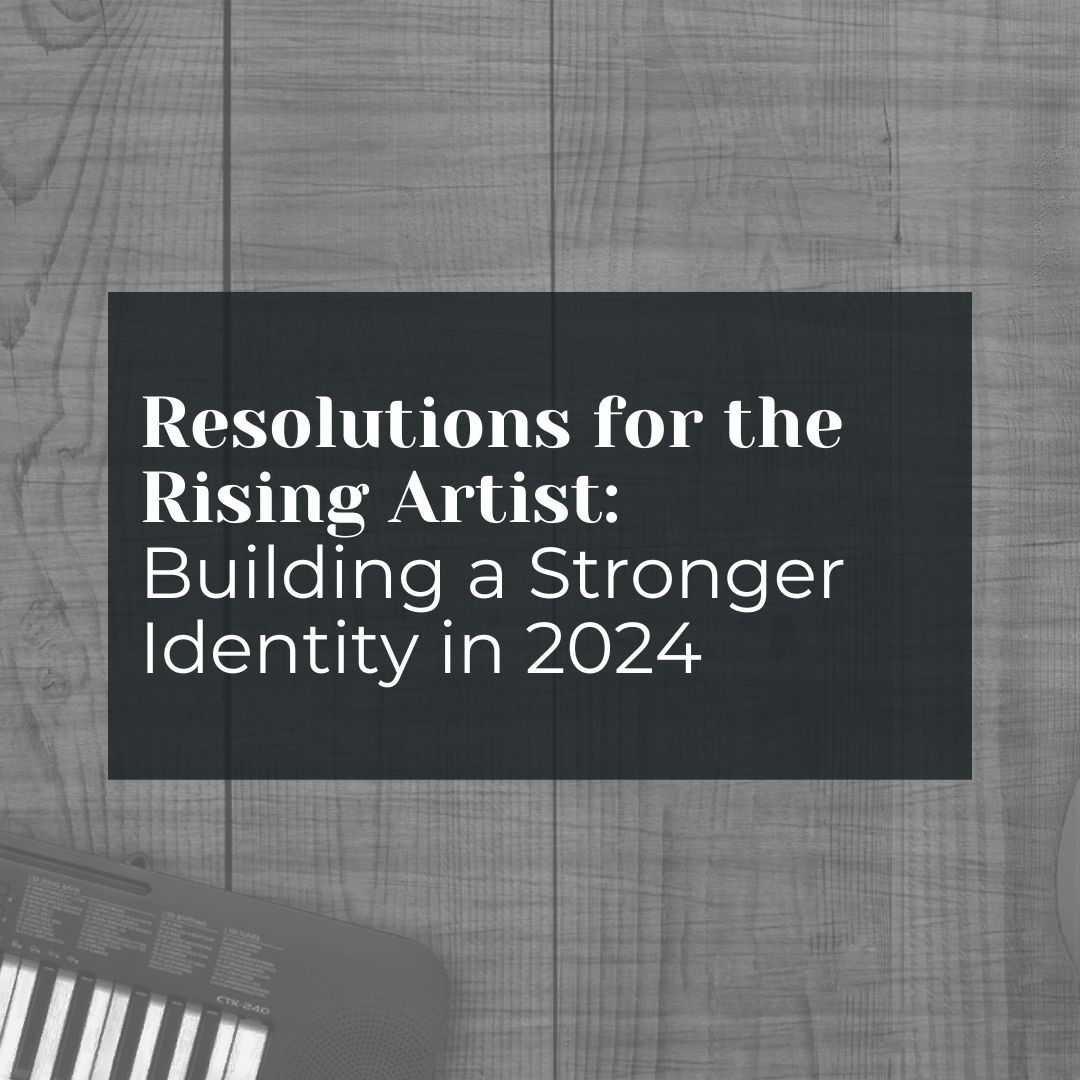

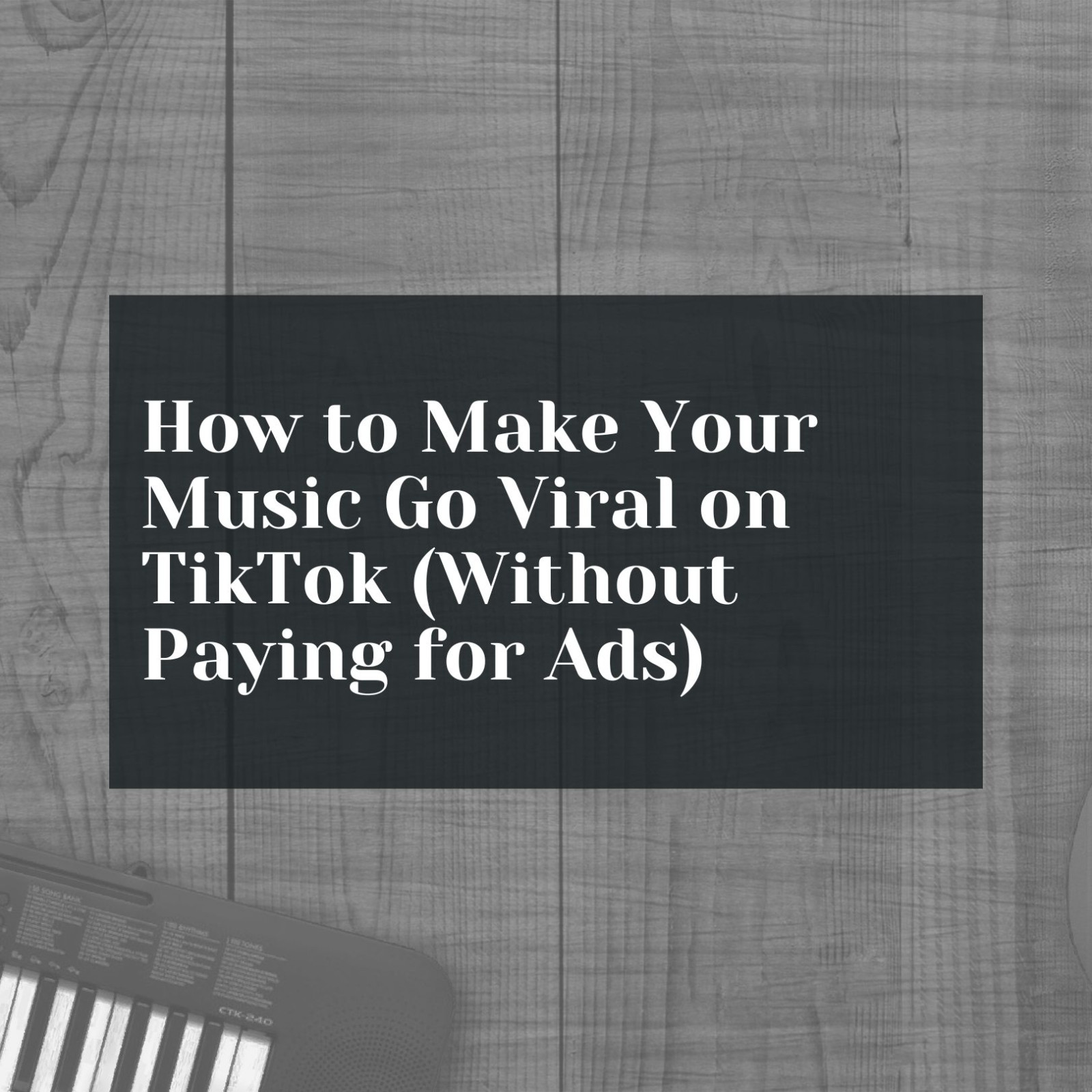
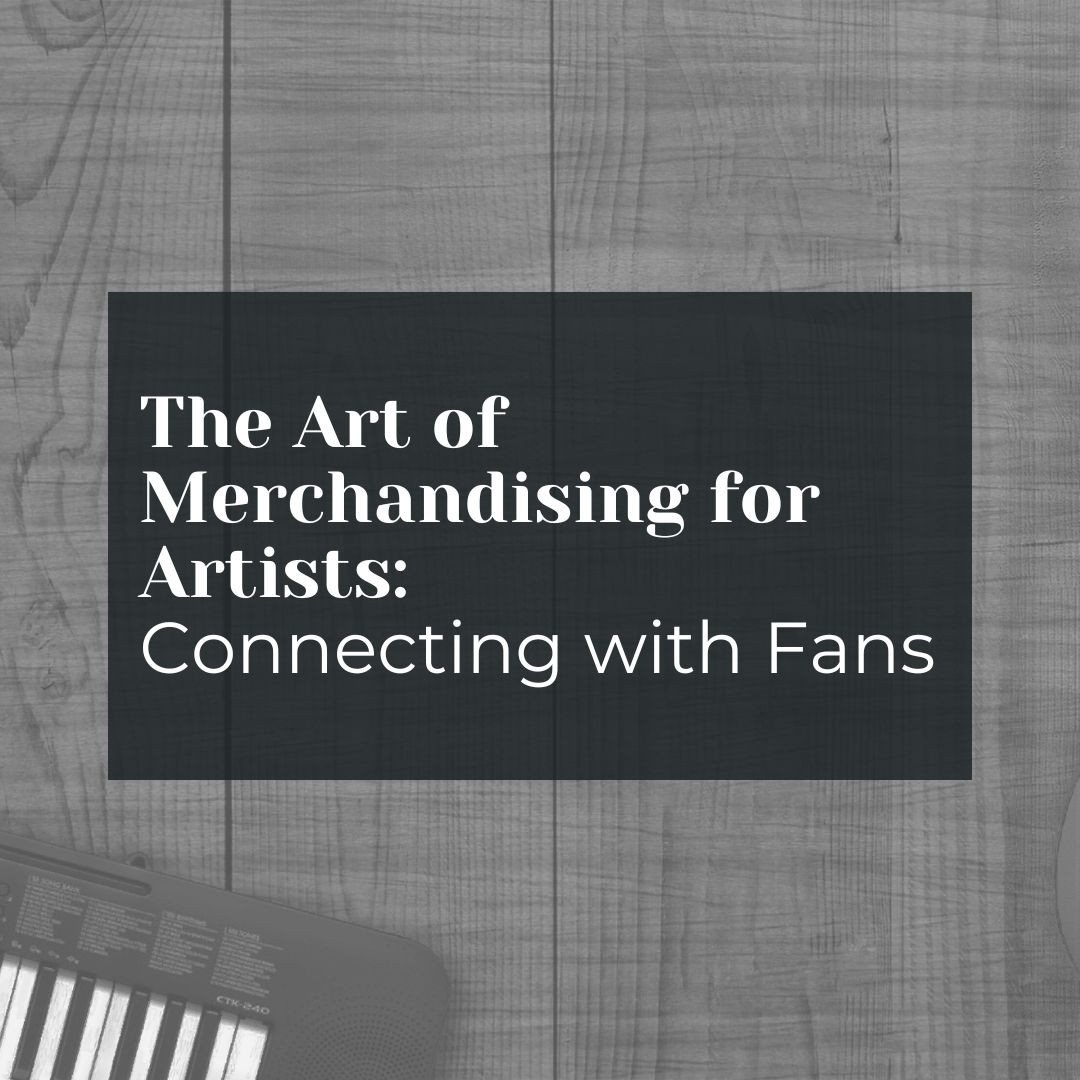
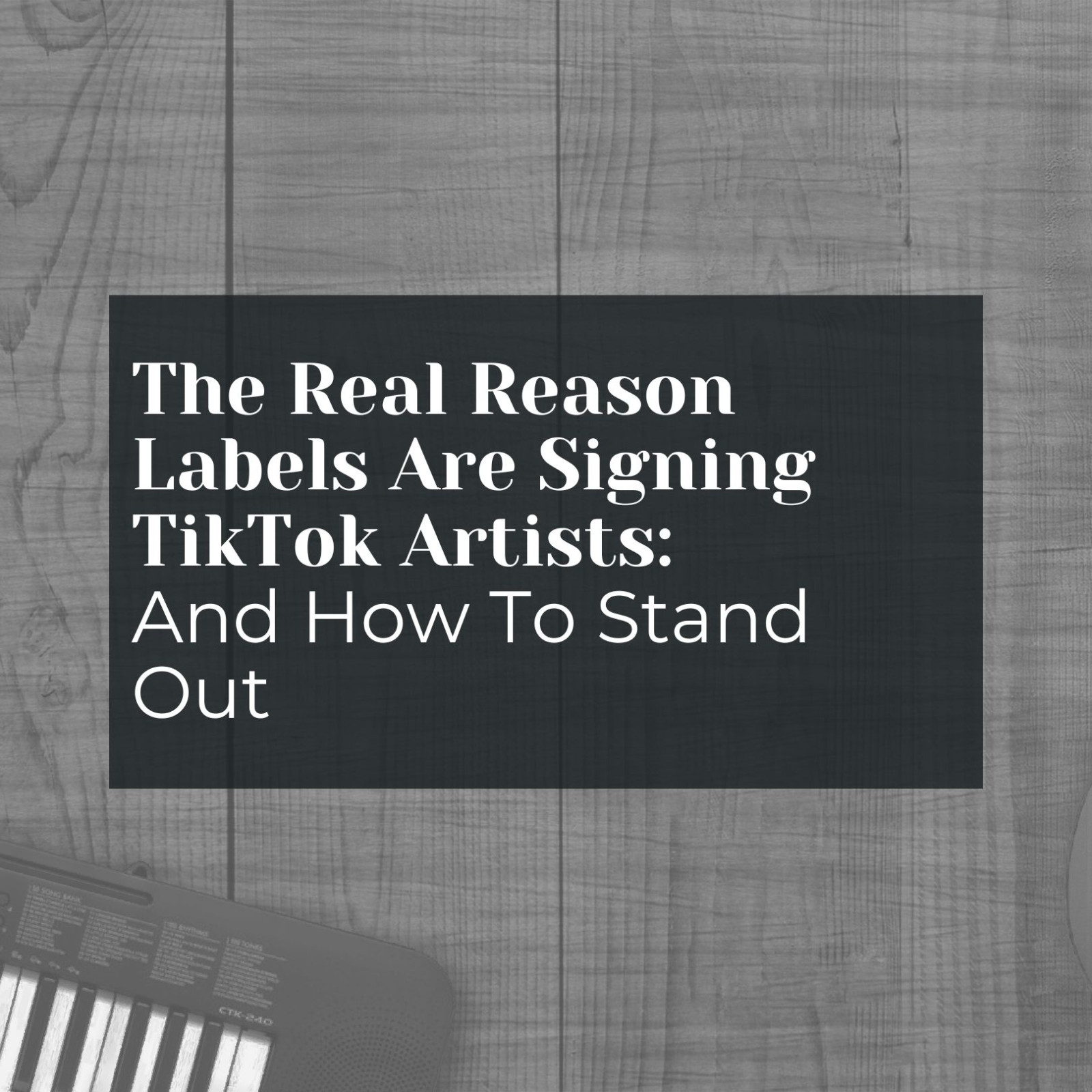
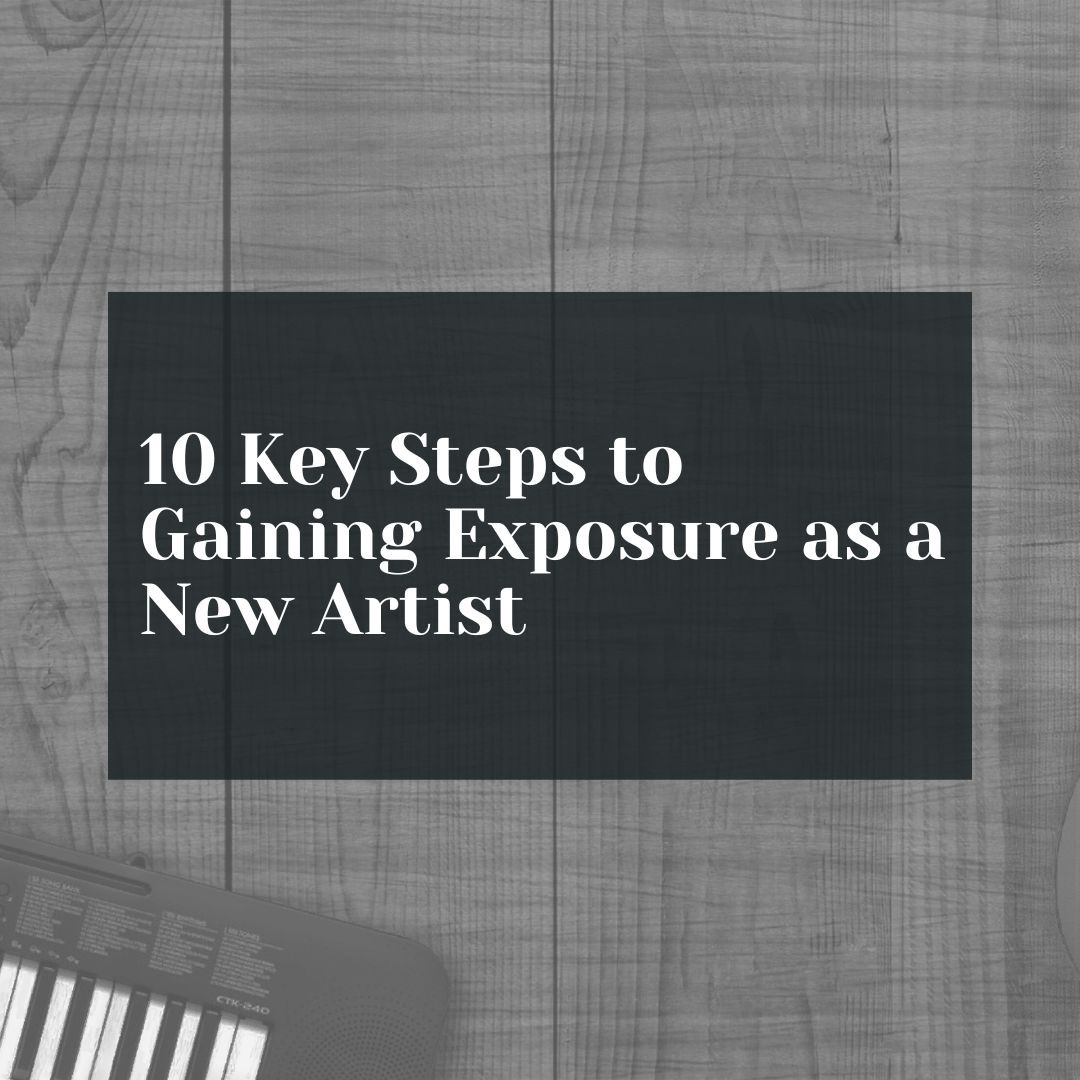
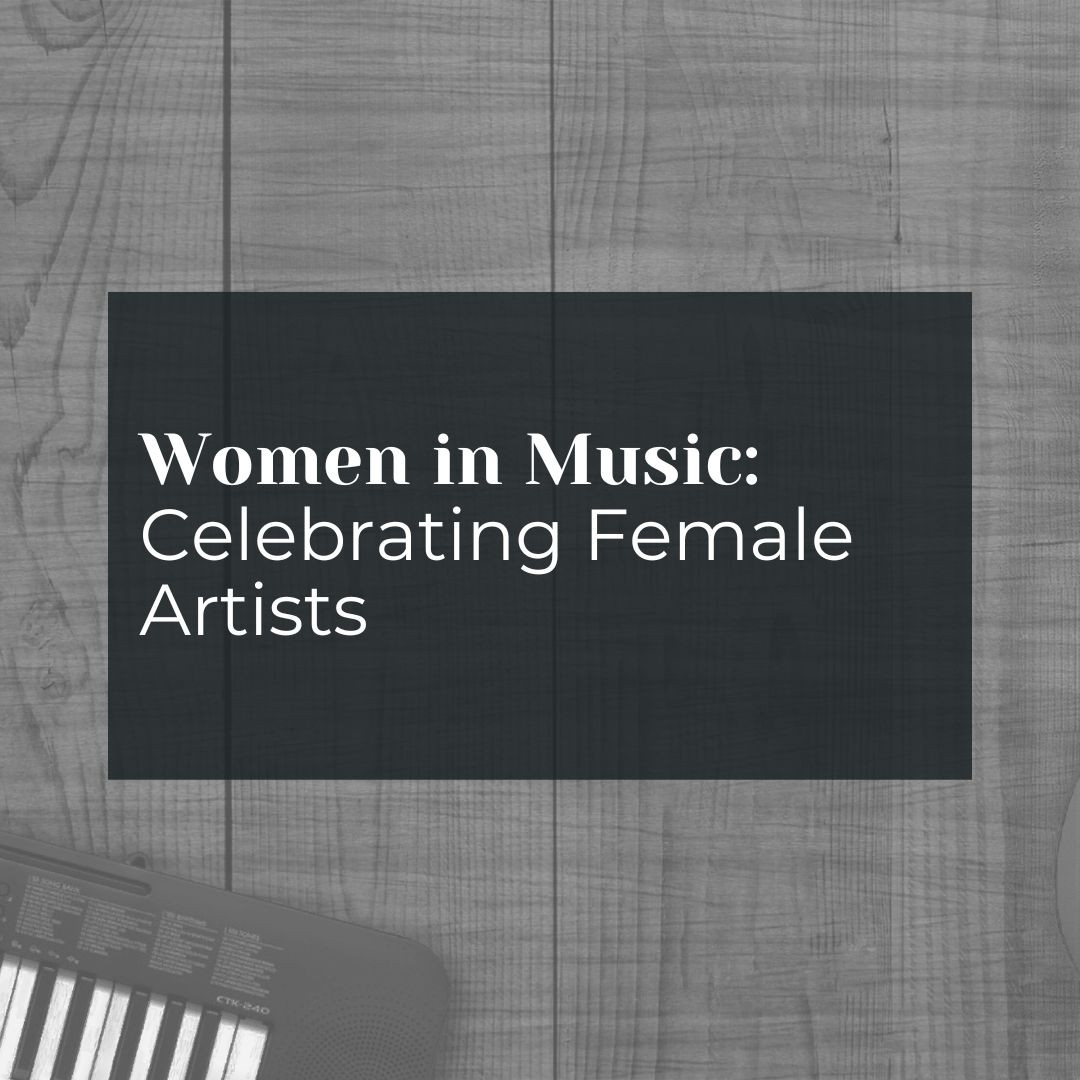


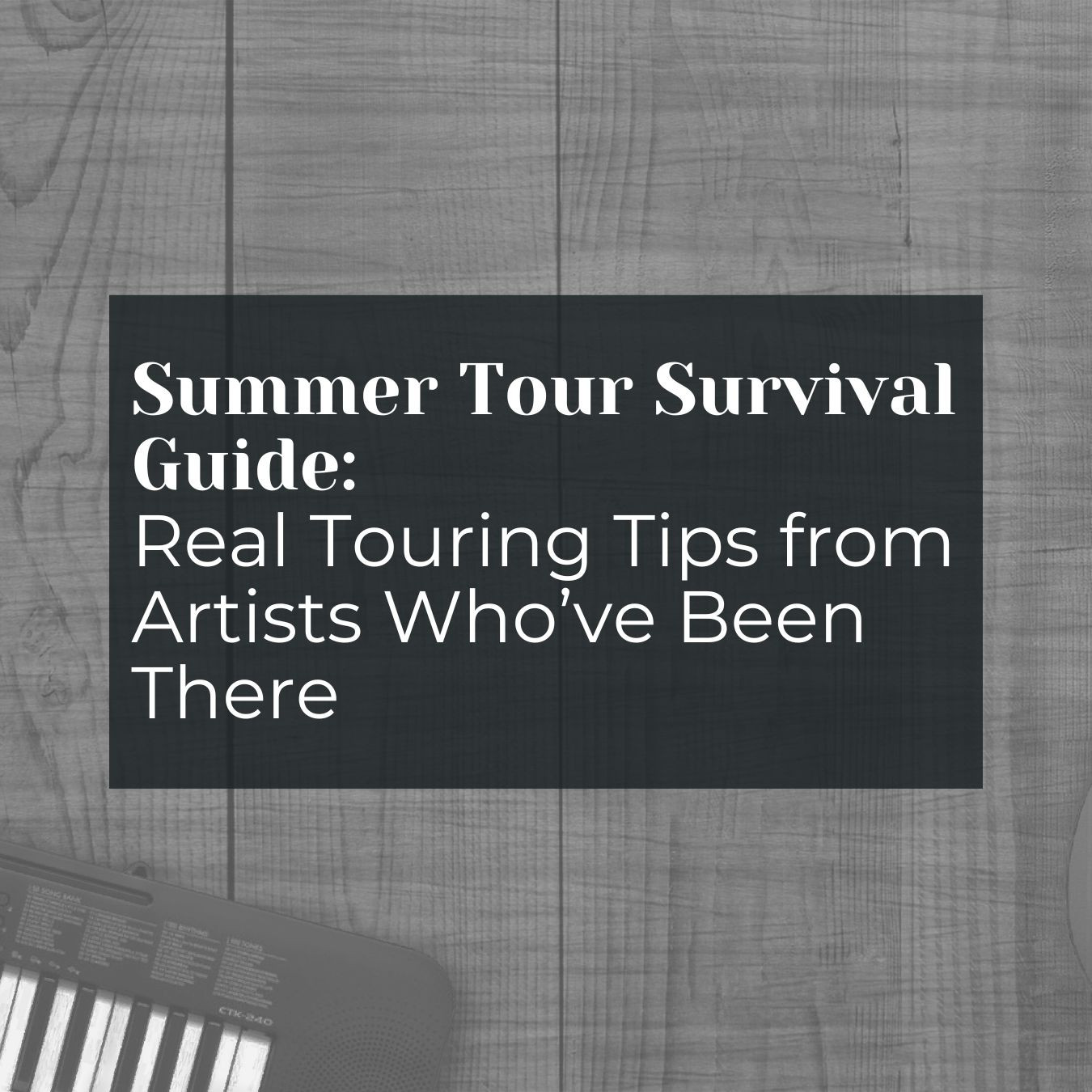
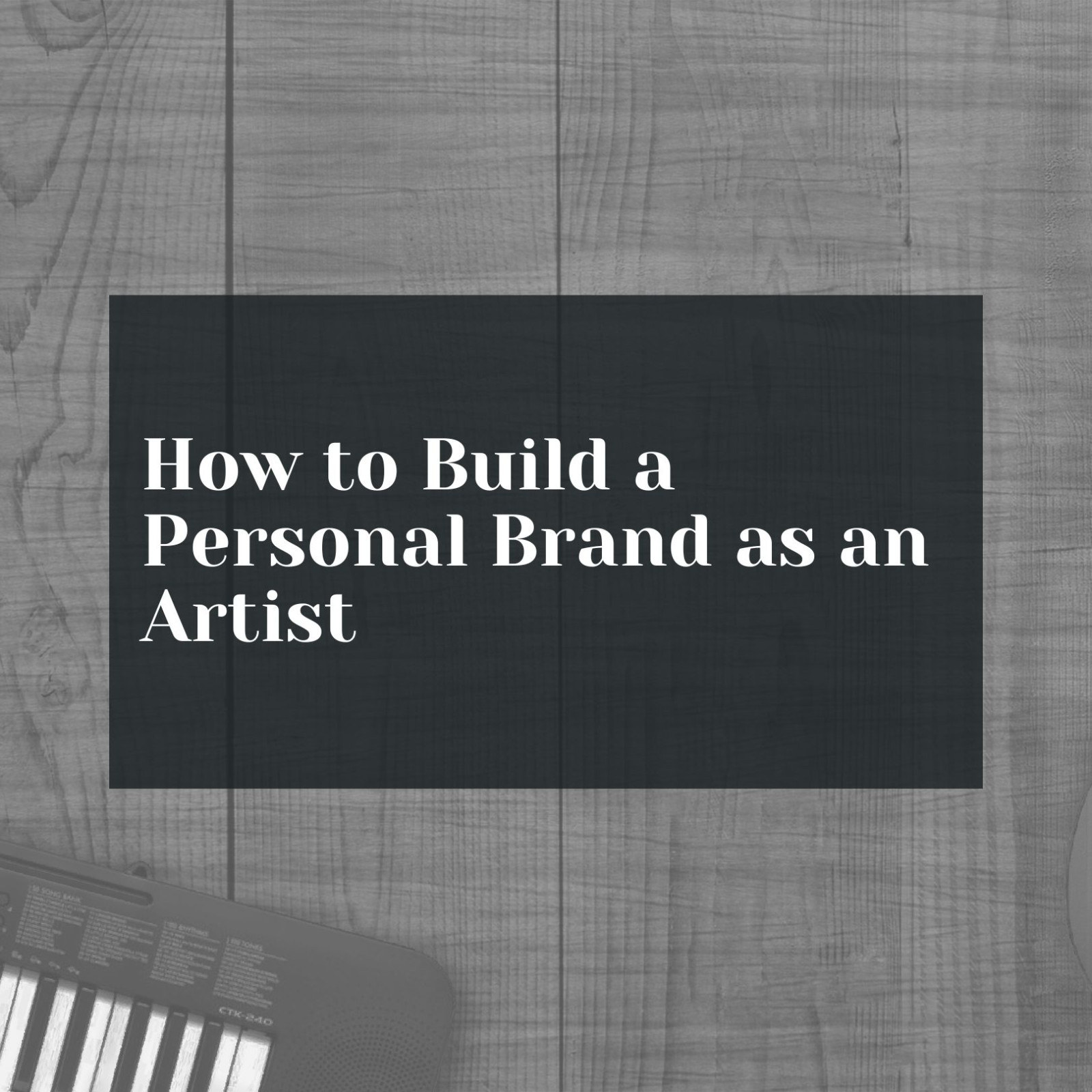



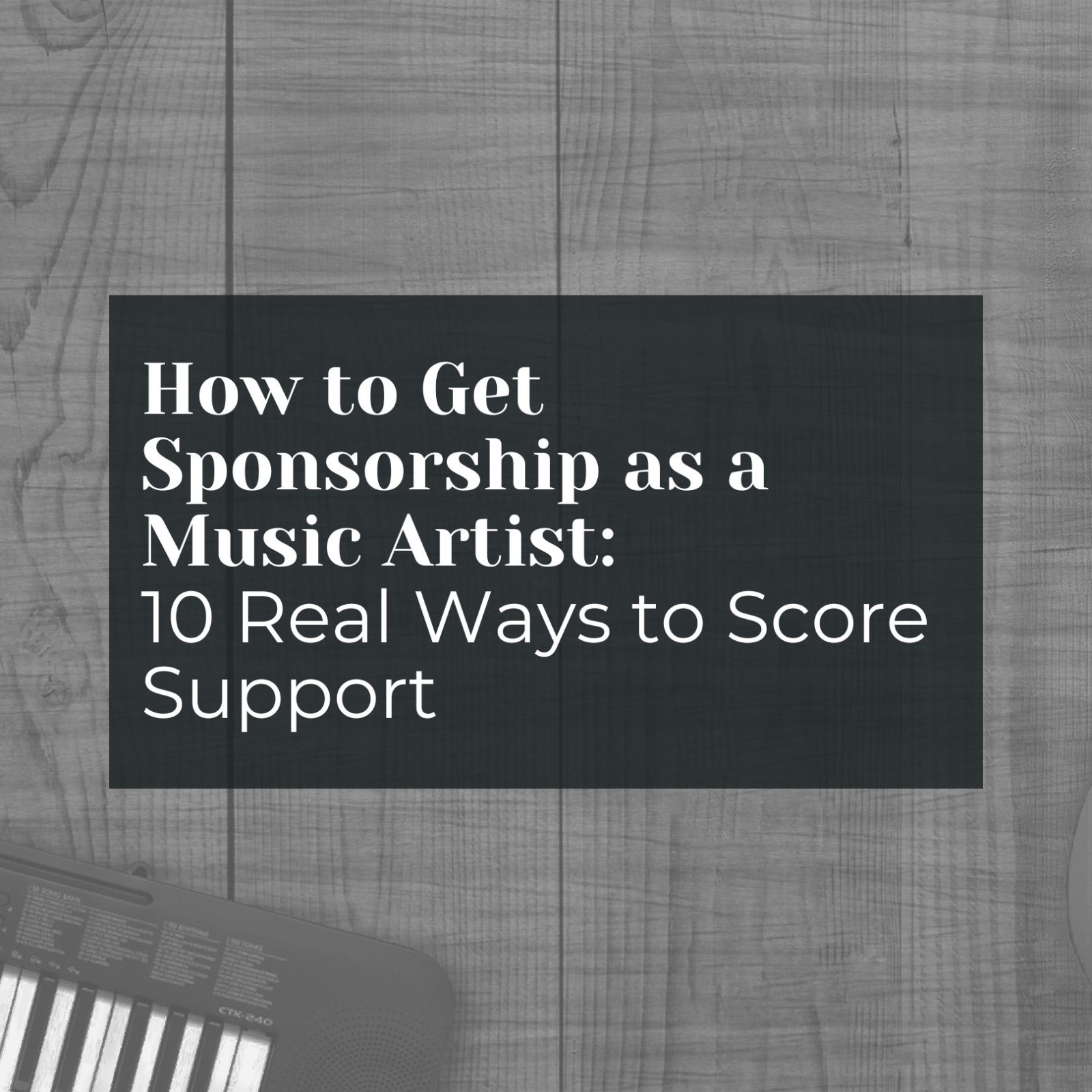
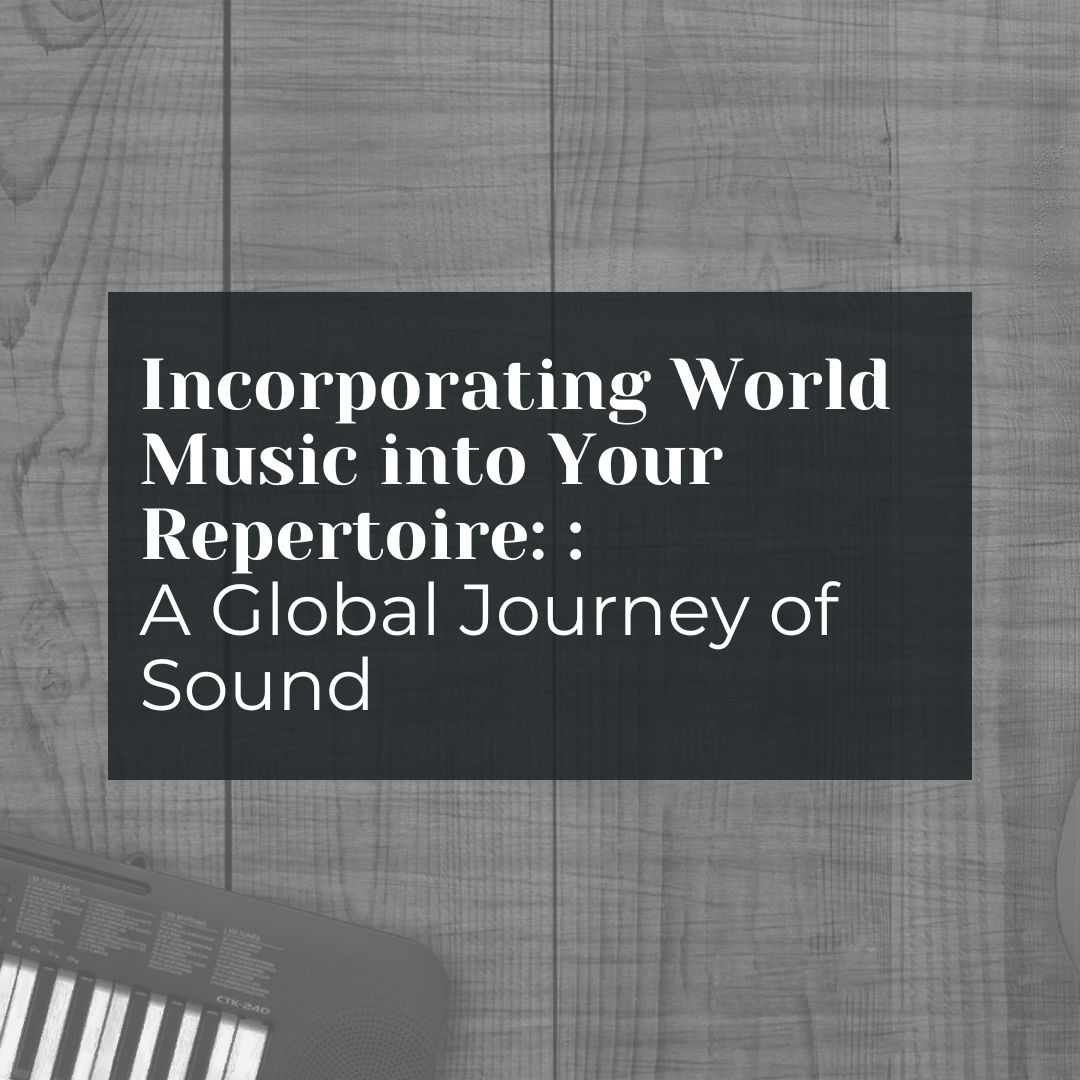
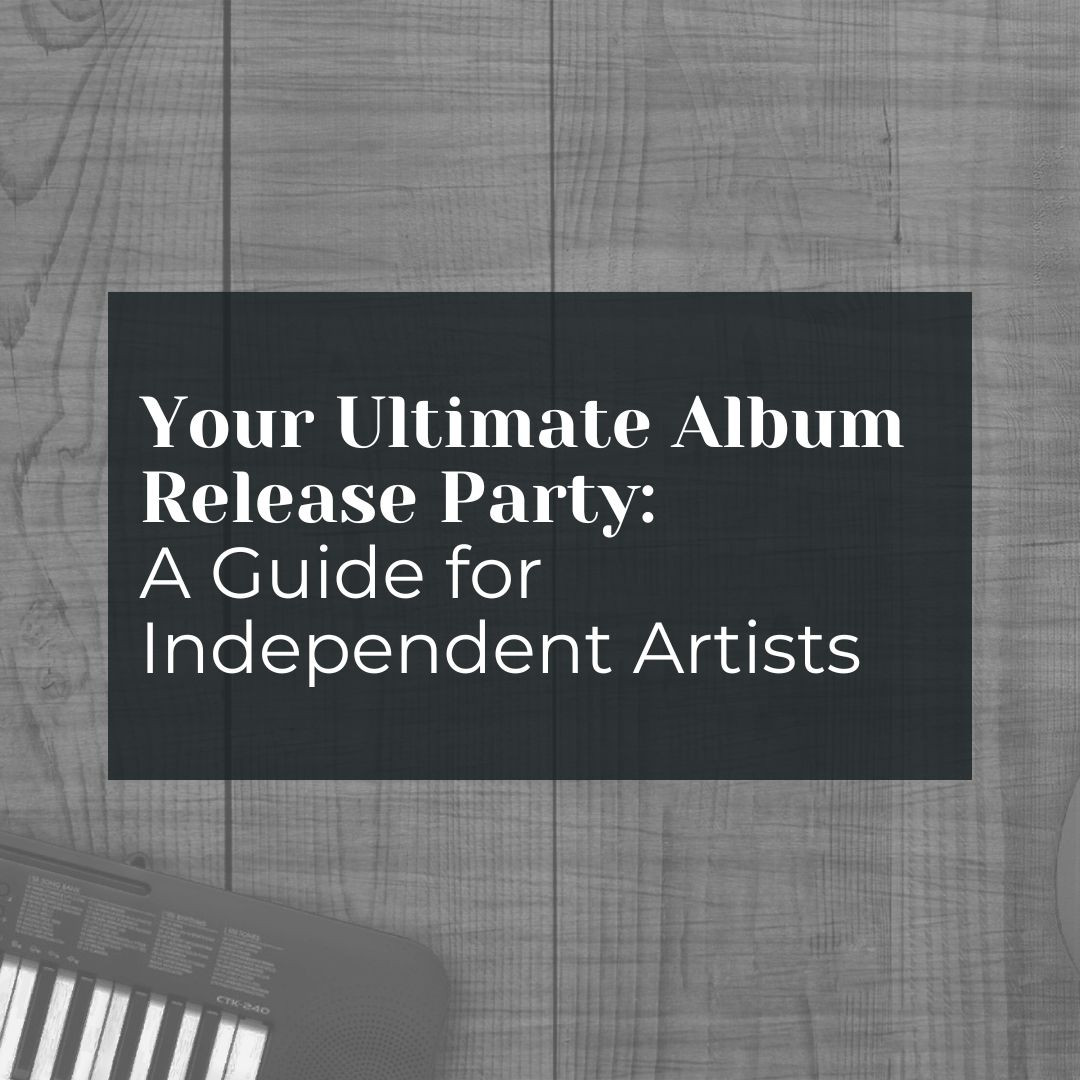

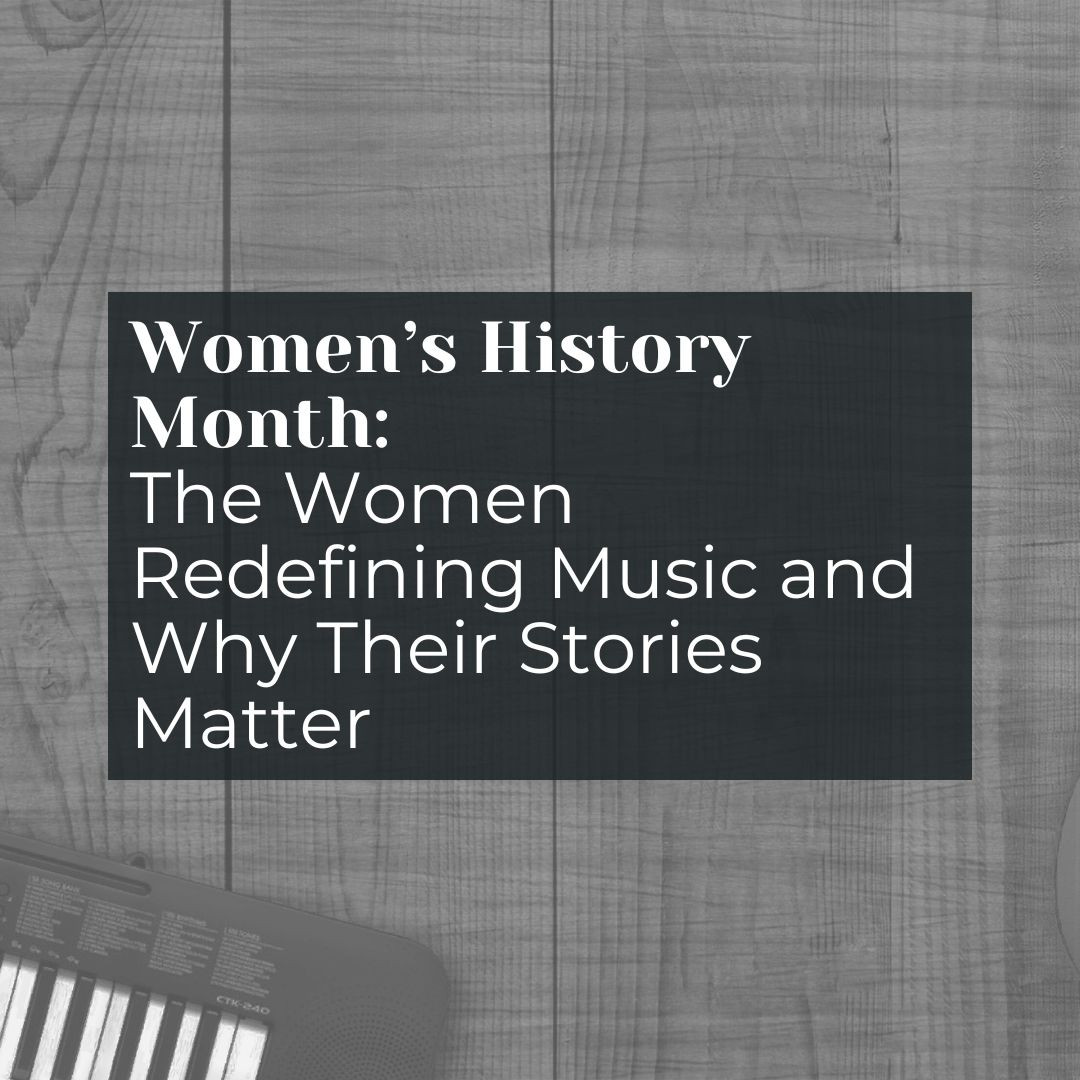
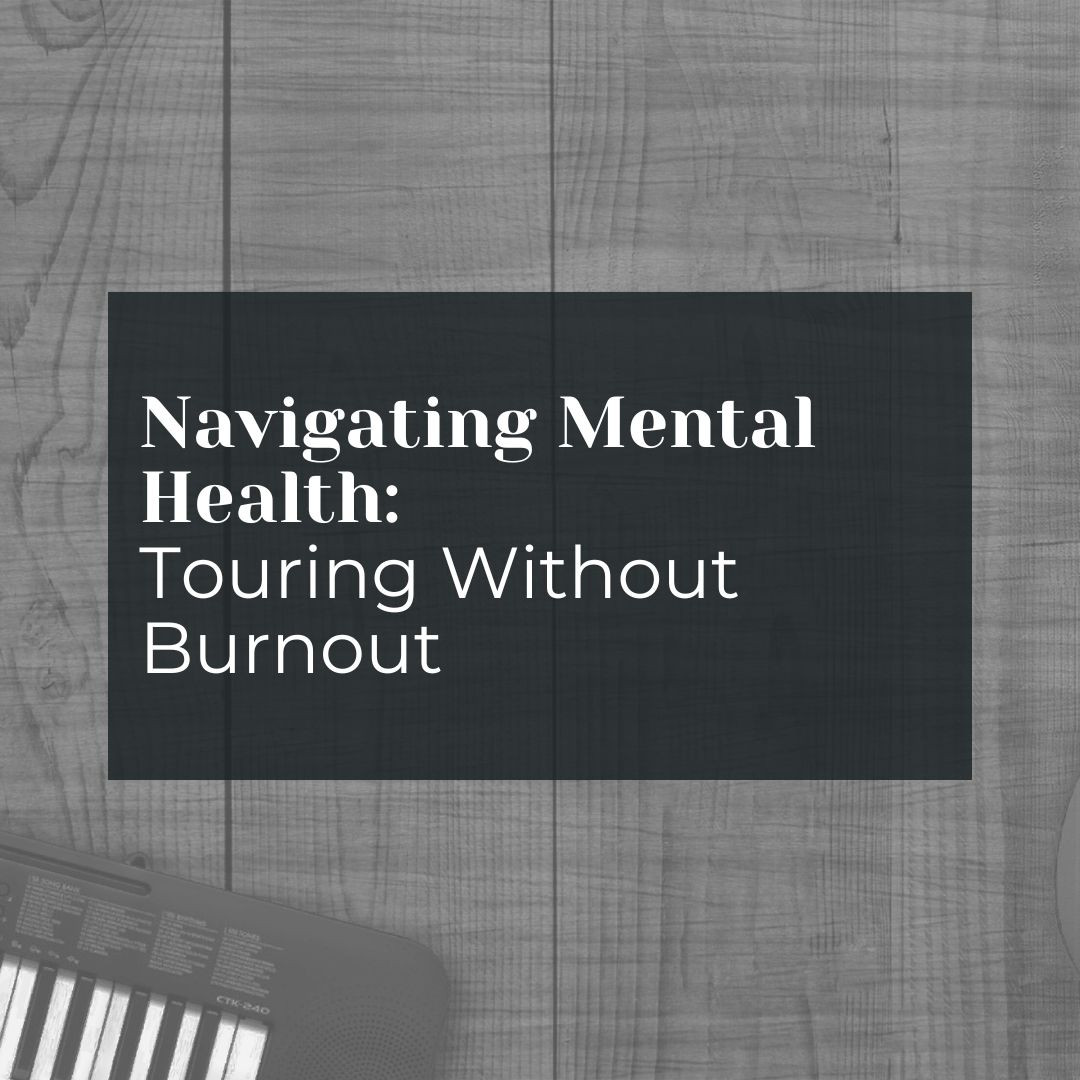


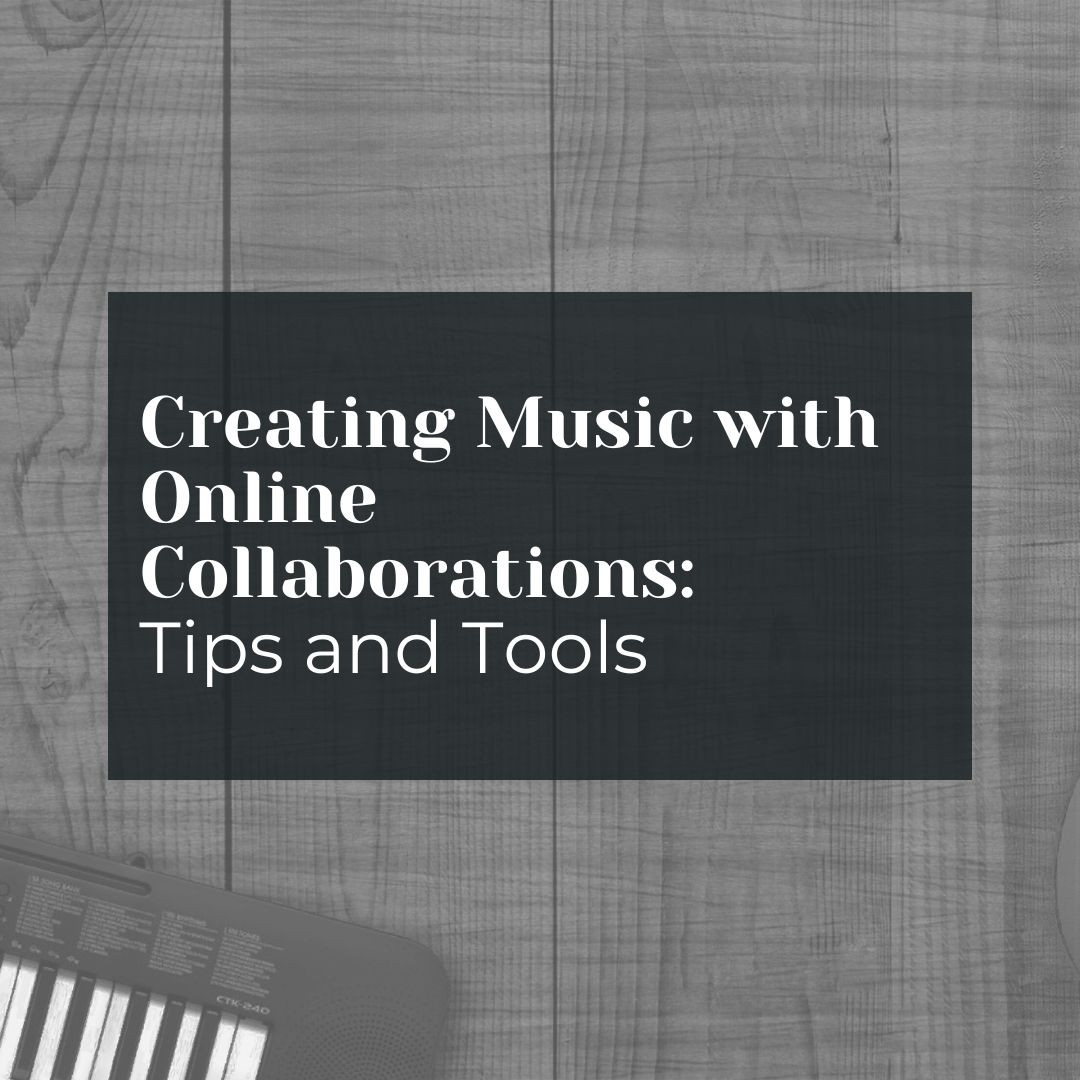

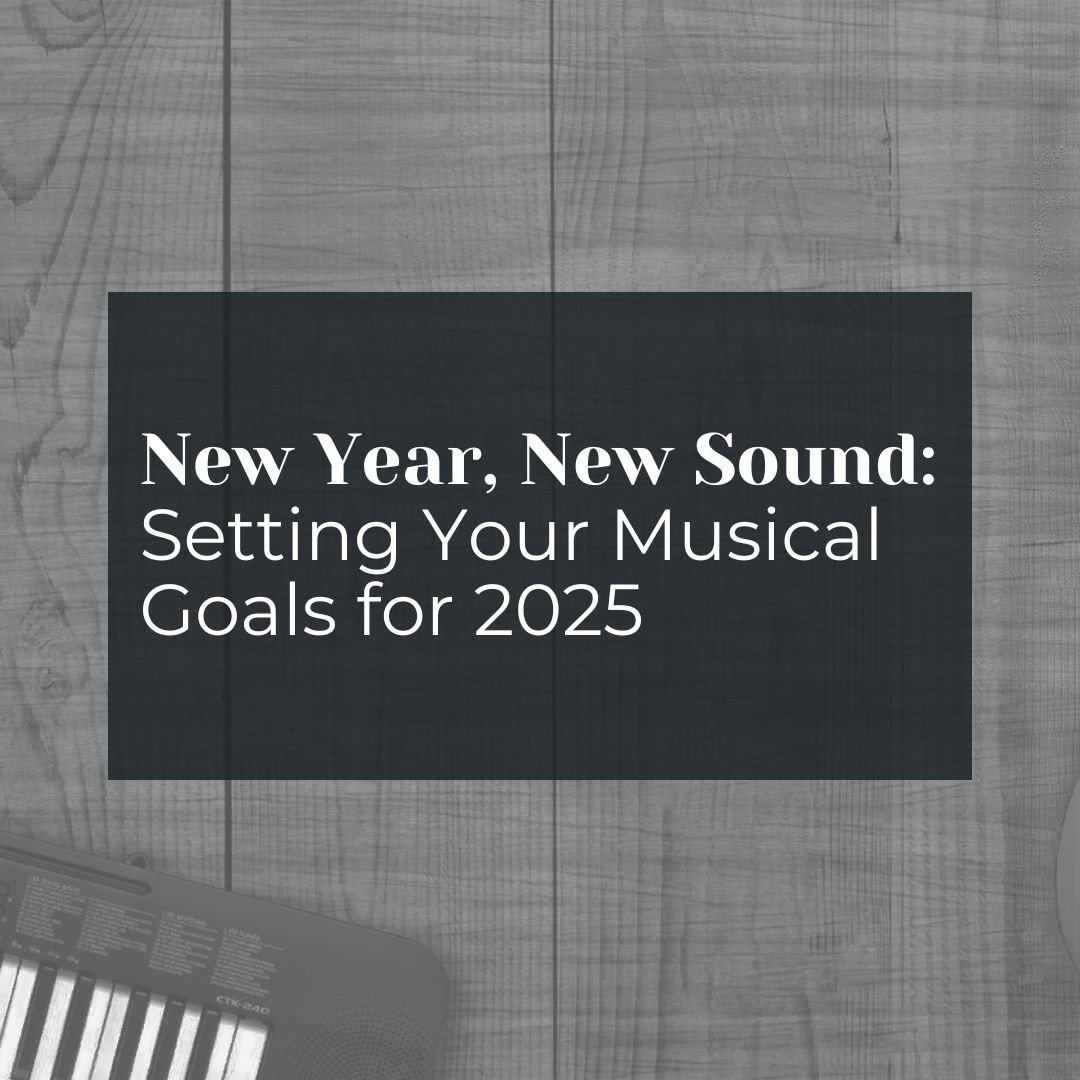





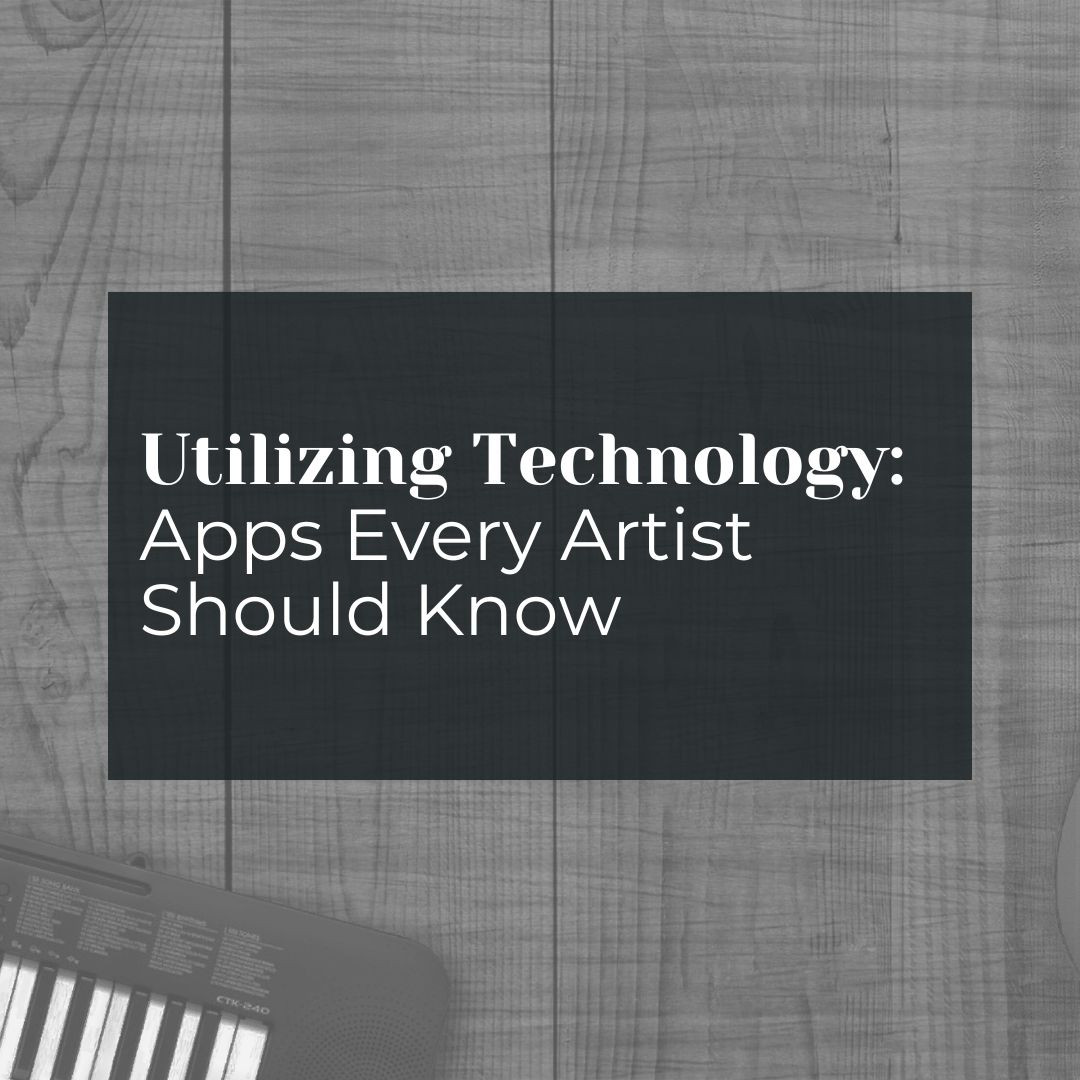

0 Comments